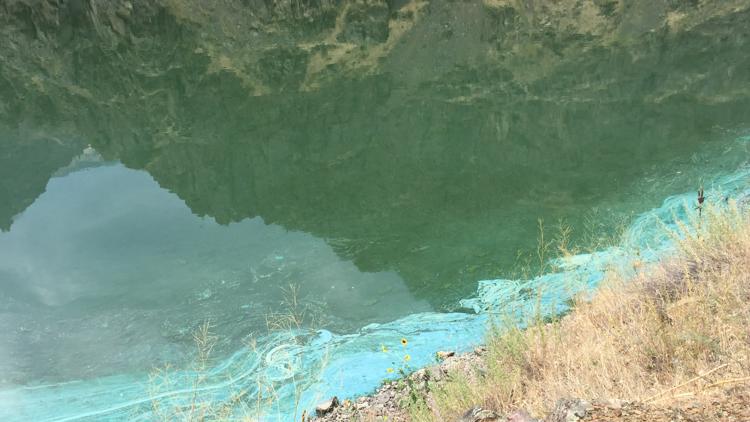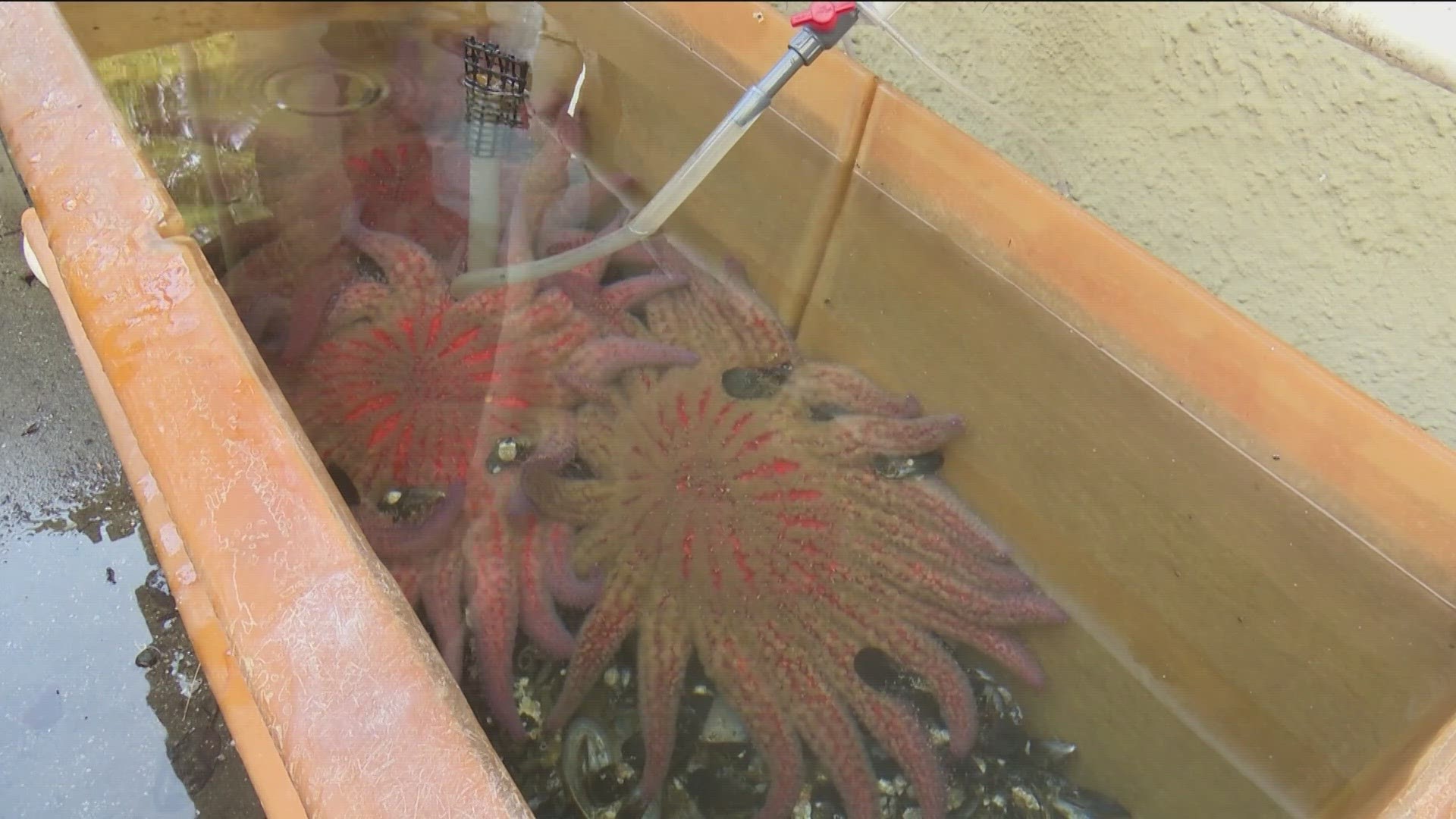BOISE, Idaho — The health advisory for cyanobacteria in Hells Canyon Reservoir now includes the area from Big Bar to Hells Canyon Dam, according to Southwest District Health officials.
The initial advisory made on Aug. 9 was for the area from Copper Creek to Hells Canyon Dam.
New samples taken showed high concentrations of the toxin-producing cyanobacteria.
Officials continue to urge visitors to use caution when engaging in activities when near or in the water in the area.
This includes avoiding swimming and wading in the reservoir. Children, pets, and livestock should avoid all contact with the toxic area. Do not drink or cook with infected water. Boiling or filtering the water can increase your exposure risk.
Cyanotoxins can accumulate in fish, therefore if people choose to eat any fish from the contaminated area they are advised to remove all fat, skin, and organs before cooking, according to officials.
If exposed to cyanotoxins, symptoms can include:
- Rashes
- Hives
- Diarrhea
- Vomiting
- Coughing
- Wheezing
- Liver and nervous system damage
Foam, spilled paint or scum that have a strong odor are common indicators of cyanobacteria blooms, according to Southwest District Health officials.
For more information about harmful algal blooms, visit the Idaho Department of Environmental Quality's website.



